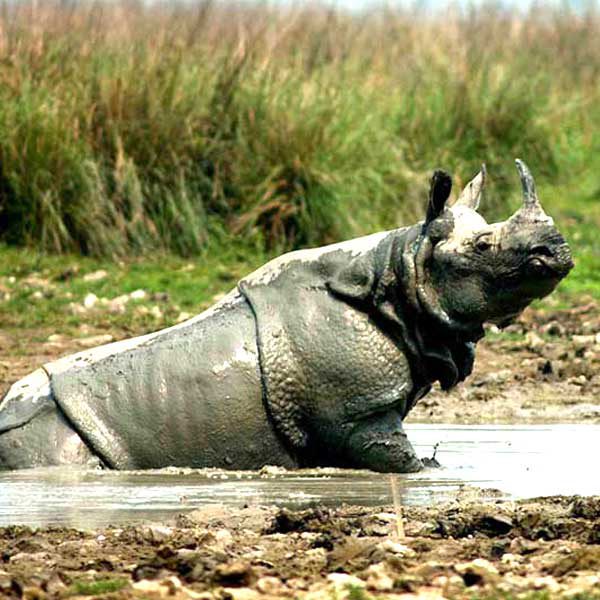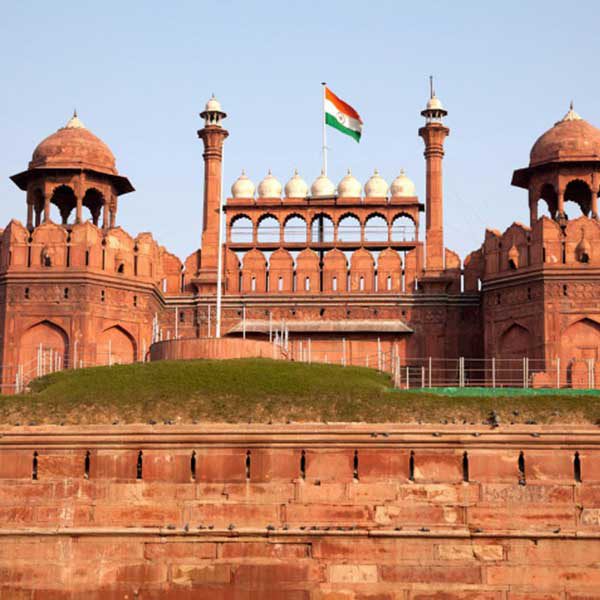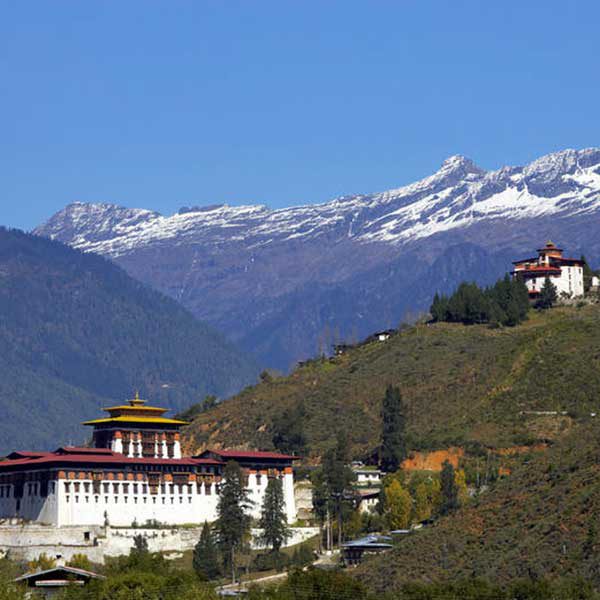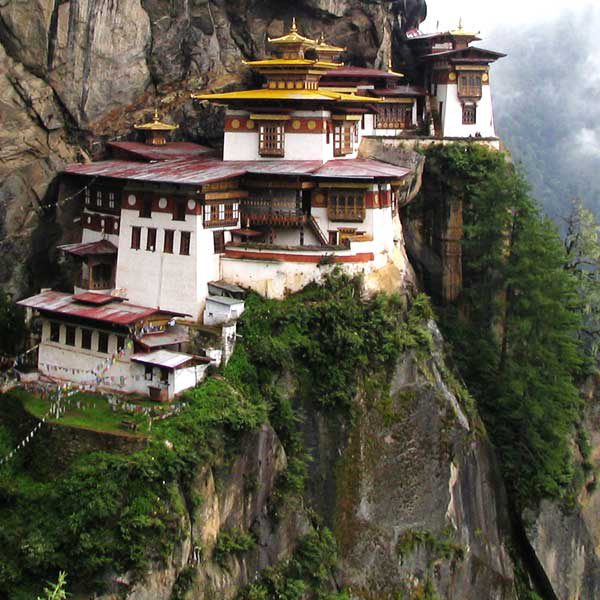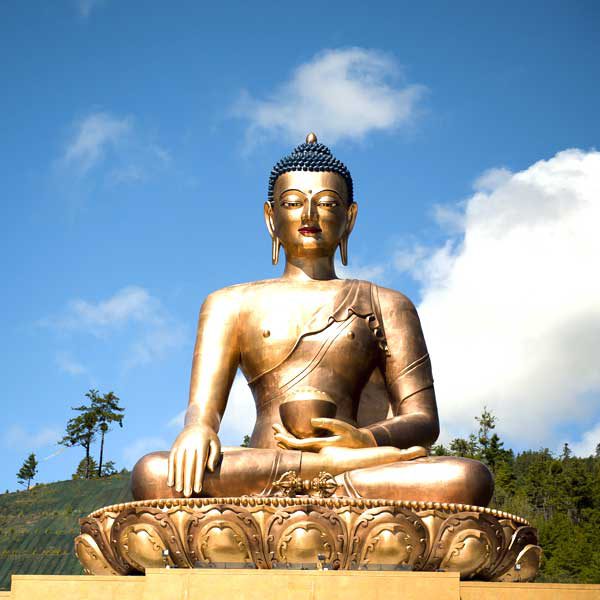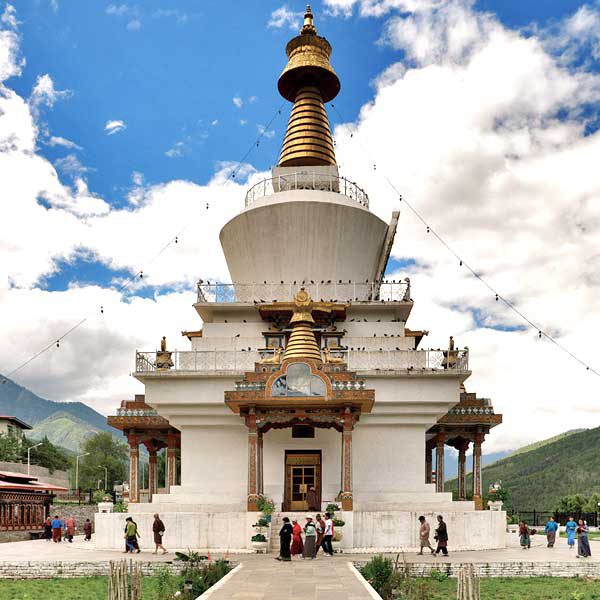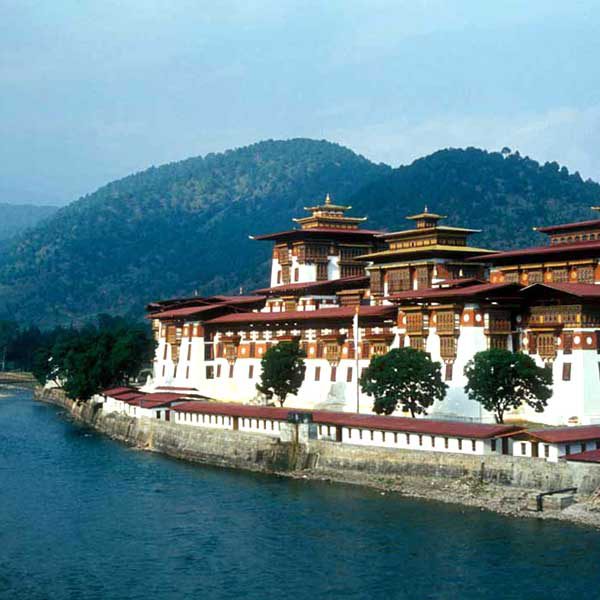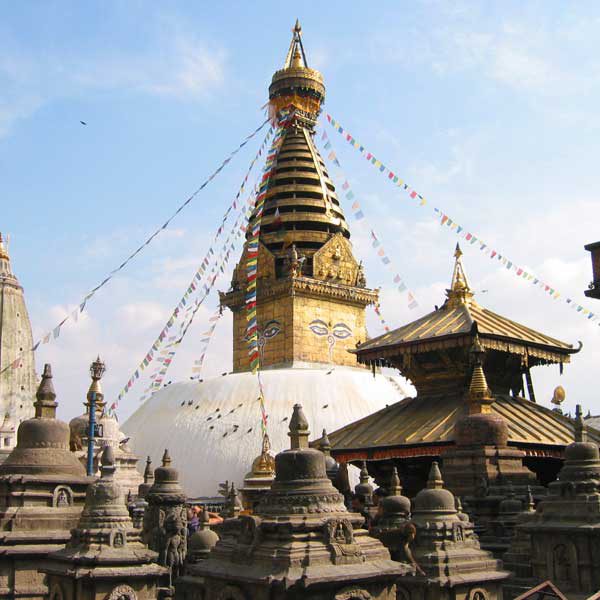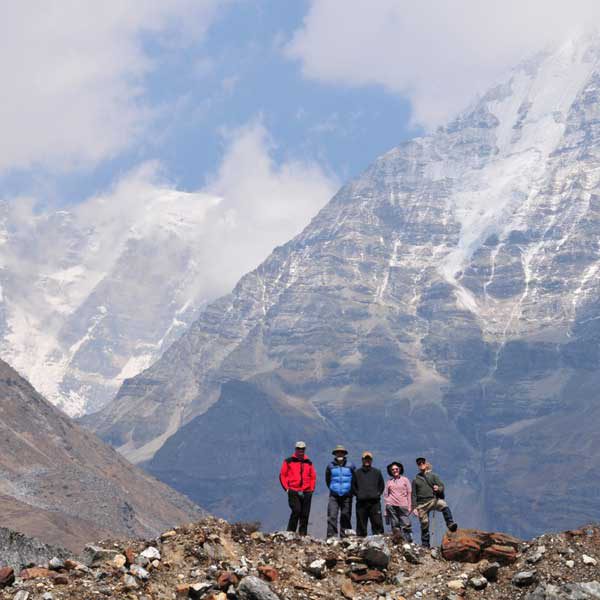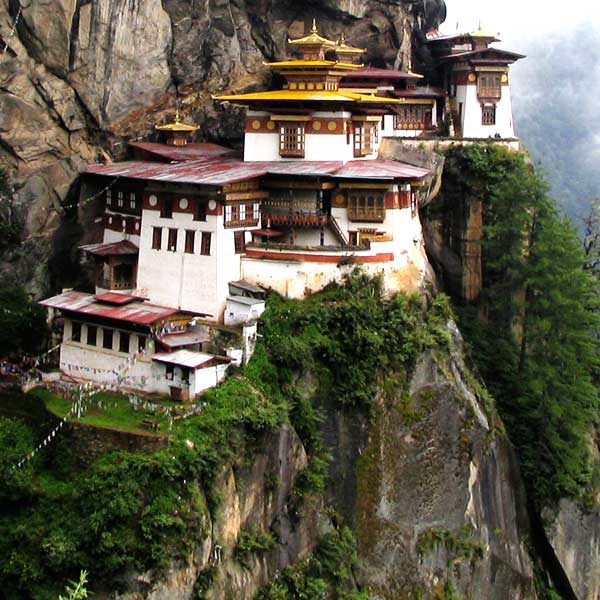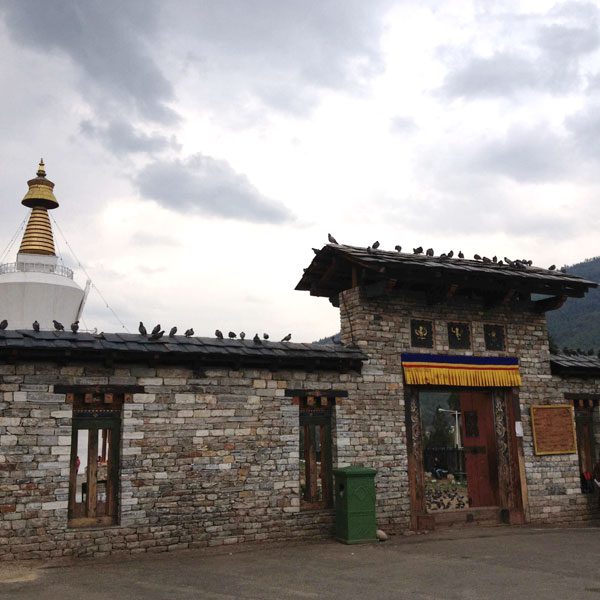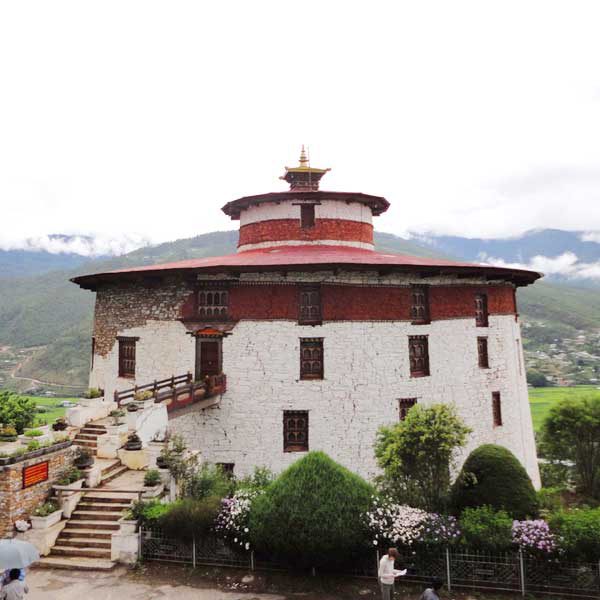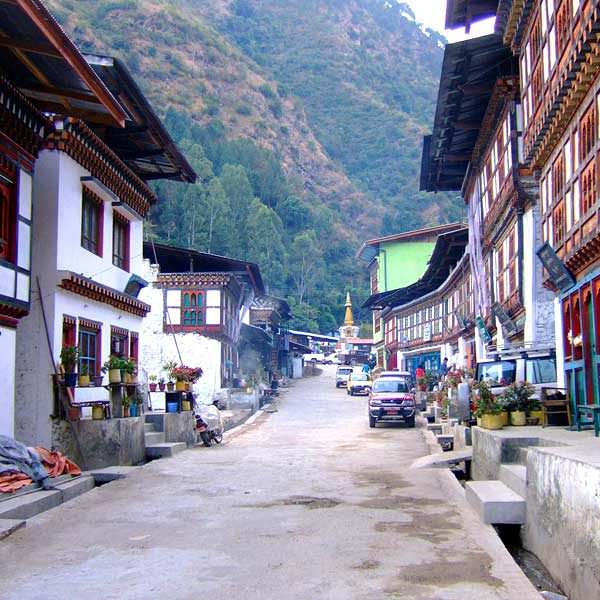Description
Day 01: Flight for Delhi / Paro
Arrival in Delhi and connect another flight for Paro. Upon arrival drive to Thimpu.
Arrival in Thimpu overnight in the hotel.
Day 02: Thimpu
After breakfast proceed on to visit Thimpu valley.
Visit Trashichhoedzong, the beautiful medieval fortress/monastery which houses most of the Government’s office and King’s Throne room It is also the summer residence of Je Khenpo, the
Chief Abbot. Then visit National Library which has vast collection of ancient Buddhist texts and manuscripts.
After that drive to Arts & Crafts School, famous for traditional thangkha paintings. Here you will see, students at work producing intricate design on cloth. Later visit Textile and Folk Heritage Museums, a fascinating testimony of the Bhutanese material culture and living traditions.
After lunch visit Handicrafts Emporium which displays wide assortment of beautifully hand-woven and crafted products. Then drive to Memorial Chorten, the stupa built in the memory of Bhutan’s Third King who is popularly regarded as Father of modern Bhutan. The paintings and statues inside this monument provide a deep insight into Buddhist philosophy.
Day 03: Thimpu – Paro
After breakfast in the hotel, drive to Paro.
Upon arrival check in the hotel.
After lunch, visit Ta Dzong, originally built as Watch Tower, it now houses National Museum of the country and boasts antique thangkha paintings, textiles, weapons & armour, household objects and a rich assortment of natural and historic artifacts.
Then walk down the trail to visit Rinpung Dzong, meaning ‘fortress of the heap of jewels’ which has a long and fascinating history. Along the wooden galleries lining the courtyard of the Rinpung Dzong are fine wall paintings illustrating Buddhist lore such as four friends, the old man of long life, the wheel of life, scenes from the life of Milarepa, Mount. Sumeru and other cosmic Mandala.
Evening, time for exploratory walk before dinner.
Day 04: Paro (Tiger Nest)
Toda take an excursion to Taktsang Monastery, the most famous of Bhutanese monasteries. It is said that Guru Rinpoche arrived here on the back of a tigress and meditated at this monastery hence it is called “Tiger’s Nest”. The excursion to monastery takes about 5 hours for round trip.
While return to Paro town visit en route Kyichu Lhakhang, one of the oldest and most sacred shrines of the Kingdom.
Overnight at the hotel in Paro.
Day 05: Paro (Haa Valley Excursion)
Morning full day excursion to Haa Valley. Adjoining the districts of Paro, Chhukha and Samtse, Haa valley is one of the most picturesque places in the Kingdom, spread over an area of 1706 sq. km. During pre-Buddhist era, Haa valley was known for its animist tradition. Inhabitants then were enthused in offering animal blood to their local deities.
A short walk to Kila Gompa a nunnery perched on a steep cliff face at 3500m.
Haa valley BhutanSuch animist belief however was transformed into peaceful Buddhist tradition in 8th century by Guru Padmasambhava. The tantric master, Guru Padmasambhava, subdued the local deities like Ap Chundu and made the guardians of the Buddhist tradition. However, the traces of this belief system are still noticed in the form of festivals and rituals.
In Late afternoon drive back to Paro.
Overnight in the hotel.
Day 06: Paro – Jele Dzong, 8km, 3 hours walk
Morning begin the trek. Today is a short trekking day. The journey starts with a short climb up to Jele Dzong. The trek trail ascends gradually up to the camp, and if the weather is clear Paro valley can be seen with snow-capped mountains behind. Above the camp is Jele-la pass (3,400m) and Jele Dzong (mostly in ruins). There is also a Lhakhang containing a statue of Buddha Sakyamuni. Overnight camp.
Day 07: Jele Dzong – Jangchulakha, 10km, 3-4 hours walk
Begin with a one and a half hour climb and then ascend more gradually upwards. The trail takes you through thick alpine forests and rhododendrons. You will have fine views of Jhomolhari and other snow capped peaks if the weather is right, and you may hear some monal pheasants calling during the day. You may see yak herders around your campsite. Overnight camp.
Day 08: Jangchulakha – Jimilangtsho, 11km, 4 hours walk
The trail follows the ridge, and on a clear day the views of the mountains and valley are sensational. You will enjoy a great view of Jichu Drake (6,989m), the peak representing the protective deity of Paro. Our camp is close to the Jimilangtsho lakes, which are famous for their giant sized trout. Overnight camp.
Day 09: Jimilangtsho – Simkota, 11km, 4 hours walk
The trail takes you through dwarf rhododendron trees and passes by the lake of Janetsho. Today you may come across some yak herders’ camps and get an idea of how these people live. Overnight camp close to Simkota Lake, and if you are lucky you can catch a lake trout for your dinner.
Day 10: Simkota – Phajoding, 10km, 4 hours walk
Today begins with a gradual climb, and if the weather permits you will enjoy majestic views of Mt. Gangkar Puensum, the highest mountain Bhutan and a host of other peaks. The trail slowly descends through juniper trees to a campsite at Phajoding. Overnight camp.
Day 11: Phajoding – Thimphu, 5km, 3 hours walk / Paro
After visiting Phajoding monastery built in 15th century by Shagcha Rinchen who introduced Drukpa Kagyu School in Bhutan in the 13th century, trek downhill to Thimphu passing through a forested area of mostly blue pine. Taking a leisurely pace, you reach Thimphu in about 3 hours.
Upon arrival in Thimpu drive to Paro for Overnight stay.
Day 12: Paro / Delhi (By Flight)
Morning transfer to airport to board the flight for Delhi. Upon arrival connect another flight for onward journey.












